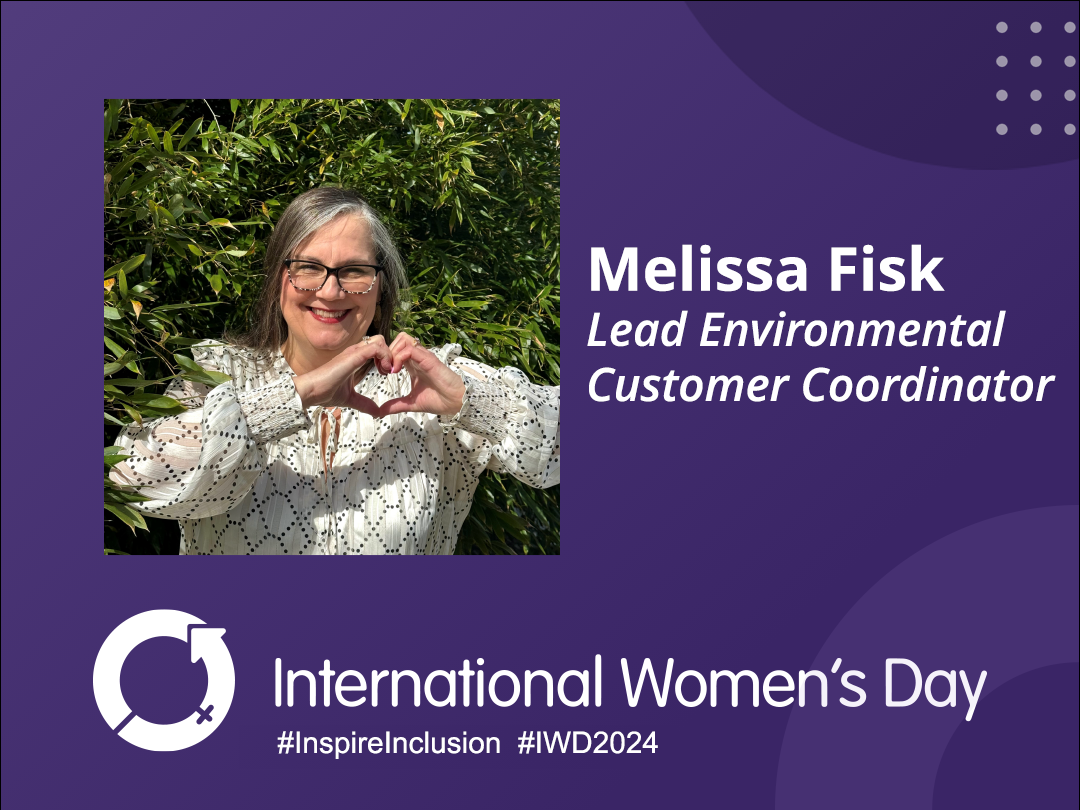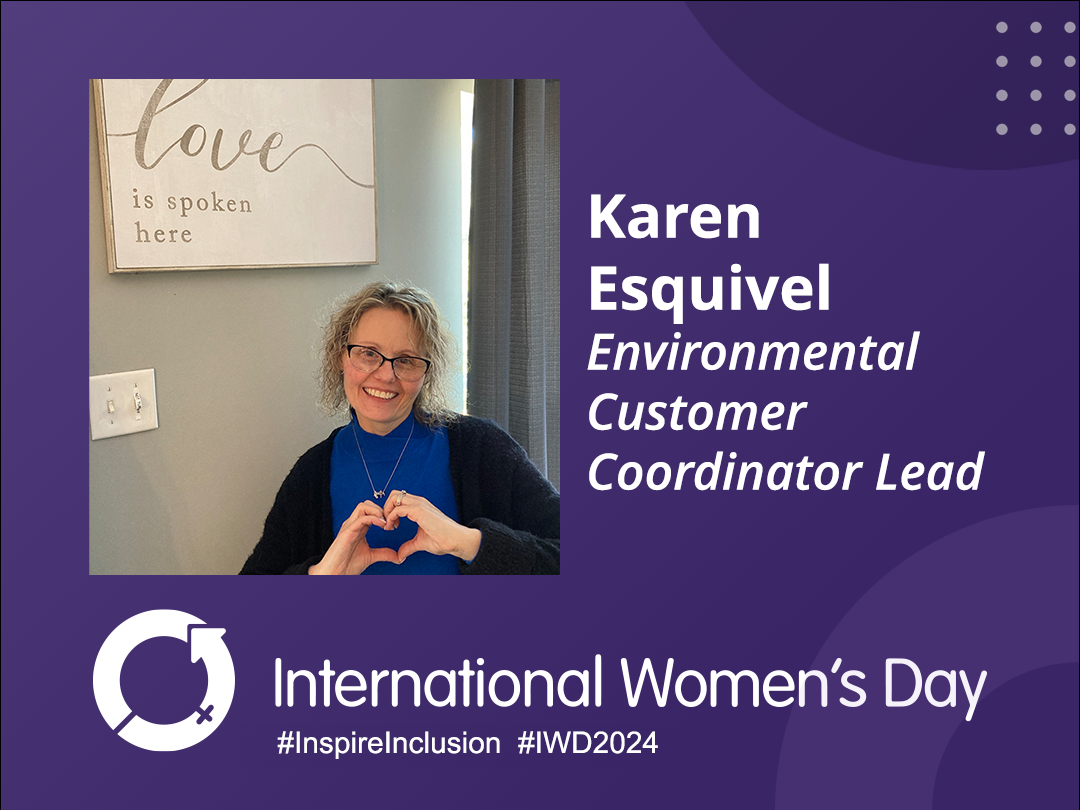If you’ve ever worked your way through the RCRA hazardous waste tank regulations in 40 CFR Part 265, you probably came away with eye strain and/or lots of paper cuts! To say it is complicated is an understatement, and even seasoned RCRA generators sometimes have questions about a particular RCRA topic.
Thankfully, EPA recently finalized the “Hazardous Waste Generator Improvements” rule that, among other things, reorganizes and consolidates most of the generator provisions into 40 CFR part 262. The final rule was published in the Federal Register on November 28, 2016 (https://www.federalregister.gov/d/2016-27429/p-2) with an effective date of May 30, 2017.
The new rule includes a few changes to the hazardous waste storage tank regulations. Let’s look at the existing and new RCRA tank regulations as they apply to a generator who only accumulates hazardous waste and doesn’t want or intend to get a Part B RCRA permit to be a TSD facility. We’ll start by considering the most common questions generators ask about tank operations, and then review tank design, installation, and closure.
First of all, what are the criteria for a tank to be considered a RCRA Tank?
A RCRA-regulated storage tank includes the tank itself, any ancillary equipment, and the containment system. A tank is stationary and constructed of man-made materials. A RCRA container differs from a RCRA tank in that a container is mobile.
Storage and manufacturing tanks containing what would otherwise be considered hazardous waste are typically exempt from RCRA regulation as long as they are still in service. When/if such a tank is removed from service, normal accumulation time limits (i.e., 90 days) will apply.
What are some of the key operational considerations for RCRA tanks?
Labeling (40 CFR 262.34(a)(3))
The new rule revises the marking and labeling requirements for an SQG or LQG that accumulates hazardous wastes in tanks in a central accumulation area (CAA) (https://www.federalregister.gov/d/2016-27429/p-411). Specifically, the rule states:
- (1) While hazardous wastes are being accumulated on site, SQGs and LQGs must mark their tanks with the words “Hazardous Waste”;
- (2) Consistent with the revised requirements for the marking and labeling of containers, SQGs and LQGs must mark or label their tanks with an indication of the hazards of the contents.
Examples of hazards include, but are not limited to, the applicable hazardous waste characteristic(s) (i.e., ignitable, corrosive, reactive, toxic); hazard communication consistent with the DOT requirements at 49 CFR part 172 subpart E (labeling) or subpart F (placarding); a hazard statement or pictogram consistent with the OSHA Hazard Communication Standard at 29 CFR 1910.1200; or a chemical hazard label consistent with the NFPA code 704);
- (3) Use inventory logs, monitoring equipment, or other records to demonstrate that hazardous waste has been emptied within 180 days for SQGs (or 90 days for LQGs) of first entering the tank if using a batch process, or in the case of a tank with a continuous flow process, demonstrate that estimated volumes of hazardous waste entering the tank daily exit the tank within 180 days for SQGs (or 90 days for LQGs) of first entering; and
- (4) Keep inventory logs or records with the above information on site and readily available for inspections.
90-day storage limit (40 CFR 262.34(a))
The accumulation start date should be closely monitored to ensure the 90-day storage limit is not exceeded. Should a facility exceed the 90-day limit, a TSDF permit may be required.
Air emissions standards (40 CFR 265 Subparts AA, BB, CC)
Large quantity generators (LQG) that store wastes containing volatile organic compounds (VOCs) must comply with the RCRA air emissions standards. Sampling and analysis of the waste will reveal the makeup and concentration of VOCs in the waste, and will help to determine what monitoring, control devices, reporting, and other steps are required for the tank system.
Post-operational inspections (40 CFR 265.195)
After the tank is operational, daily visual inspections must be conducted to identify leaks, deterioration, corrosion, or structural fatigue in any part of the tank system, secondary containment system, and corrosion protection system. Data from leak detection monitors or other quantitative tests must also be evaluated daily.
Release response (40 CFR 265.196)
If a leak or spill occurs from a tank system, waste input should immediately cease and the following response requirements undertaken:
- Inspect the system to determine the cause of the release.
- Within 24 hours, remove any waste remaining in the tank or the secondary containment system.
- Promptly remove and properly dispose of any contaminated media.
- Promptly notify the implementing agency or National Response Center, and within 30 days submit a follow-up written report. (Note: A release that is less than one (1) pound and is immediately cleaned up does not require notification or reporting.)
The tank must then be repaired or properly closed so that it can no longer be used. If any major repairs are completed, they must be certified by a qualified, registered, professional engineer and the certification submitted to the implementing agency.
Recordkeeping
The facility operating records are one of the first things that agency inspectors ask to see, so it is important to ensure the records for each tank are well-organized, thorough, and complete. Items that should be included in the tank records include:
- Tank Integrity Assessment, which is a written design statement with and P.E. certification, including the initial design and any substantial modifications made post-installation
- Pre-operational inspection and tightness testing reports
- Accumulation log including each start and end date
- Daily visual inspection log
- Monitoring data logs and evaluations
- Repair logs and P.E. certifications
- Agency inspection reports and information
- Release and response reports
- Tank closure report, at the time of unit closure
What specific elements should be included in the tank system design? (40 CFR 265)
The generator must prepare a written design assessment that shows that the tank design provides structural integrity for the intended use. The design assessment must be reviewed and certified by a qualified, registered, professional engineer and maintained at the facility.
Three key elements of tank system design that must be included in the written design assessment are corrosion protection, secondary containment, and leak detection.
Corrosion protection 40 CFR 265.192)
If the tank system, or even part of it, is made of metal and will be in contact with soil or water, the system design must include adequate corrosion protection methods. The three corrosion protection methods include:
- Construction materials that are corrosion-resistant
- A corrosion-resistant coating in combination with cathodic protection
- Electrical isolation devices
Secondary containment (40 CFR 265.193)
Hazardous waste tanks must use a secondary containment method that is either an external liner, a vault, or a double-walled tank. All ancillary equipment of the tank system must also have full secondary containment.
Leak detection (40 CFR 265.193)
Hazardous waste tanks must be equipped with a leak detection system capable of detecting failure in either the primary or secondary containment structures. The leak detection system must be able to detect a leak within 24 hours of the occurrence. Daily visual inspections may also be effective for tank system designs that allow easy and thorough visual observations.
Other design elements
Other tank design elements that must be included are:
- Spill prevention controls such as check valves
- Overfill prevention controls, such as high level alarms and automatic feed cutoffs
- Sufficient freeboard in uncovered tanks to prevent overflow due to wave or wind action or precipitation
The pre-operational system check (40CFR 265.192(b))
After installation but prior to beginning operation, the tank system must be inspected by an independent qualified expert or qualified Professional Engineer to ensure that no damage occurred during installation. The system must also be tightness-tested and any leaks remedied before the system is covered, enclosed, and/or placed in use.
Tank closure (40CFR 265 Subpart G)
Clean-closure of a tank system is the preferred method of closure. Clean closure involves removing all residual wastes from the tank system and secondary containment system, and decontaminating the tank and associated structures and equipment to render it RCRA empty. A clean-closed system has no post-closure monitoring requirements.
If clean closing the tank system is not an option, the system can be closed by leaving contamination in place, but this involves a post-closure care plan that is followed for a number of years after the closure.
What about state regulations?
Keep in mind that State regulations on hazardous waste storage tanks vary from state to state and may include other requirements or be more stringent than the Federal RCRA regulations. Make sure you review your state’s version of RCRA regulations and develop a clear understanding of any additional requirements for your facility’s hazardous waste tanks.
More News From Heritage
-
3/12/24
Equal Pay Day – Spotlighting Our Female Drivers
-
3/8/24
International Women’s Week Spotlight – Shannon Dippel
For International Women's Week, we're spotlighting some of the incredible women in the Heritage family. Our final spotlight is Shannon Dippel.
-
3/8/24
International Women’s Week Spotlight – Susan Adams
For International Women's Week, we're spotlighting some of the incredible women in the Heritage family. Our sixth spotlight is Susan Adams.
-
3/7/24
International Women’s Week Spotlight – Lea Wilson
For International Women's Week, we're spotlighting some of the incredible women in the Heritage family. Our fifth spotlight is Lea Wilson
-
3/7/24
International Women’s Week Spotlight – Melissa Fisk
For International Women's Week, we're spotlighting some of the incredible women in the Heritage family. Our fourth spotlight is Melissa Fisk.
-
3/6/24
International Women’s Week Spotlight – Taylor Harvey
For International Women's Week, we're spotlighting some of the incredible women in the Heritage family. Our third spotlight is Taylor Harvey
-
3/5/24
International Women’s Week Spotlight – Karen Esquivel
For International Women's Week, we're spotlighting some of the incredible women in the Heritage family. Our second spotlight is Karen Esquivel.
-
3/5/24
Heritage Environmental Services Announces HP Nanda as CEO; CEO Jeff Laborsky Transitions to Board of Directors
Heritage Environmental Services (“HES”) announced today that HP Nanda will join the organization as CEO.








